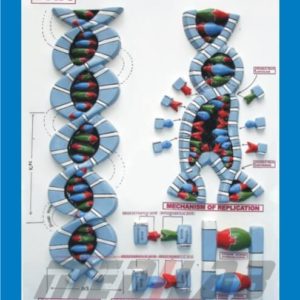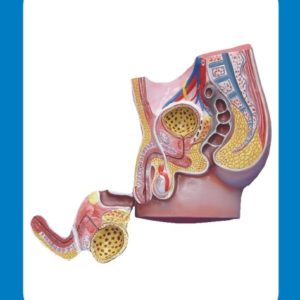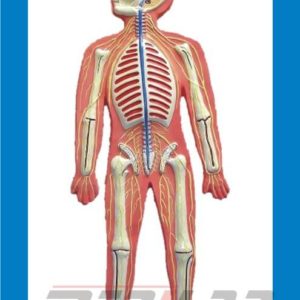Description
Embryo Development Process Stages Model consists of several stages, beginning with fertilization and progressing to a fully formed fetus. Below is a general model outlining the key stages:
1. Fertilization
- Sperm meets egg in the fallopian tube, forming a zygote (single-cell embryo).
- The zygote contains genetic material from both parents.
2. Cleavage (1-3 Days Post-Fertilization)
- The zygote undergoes mitotic divisions without increasing in size.
- Forms a morula (solid ball of cells).
3. Blastulation (4-6 Days Post-Fertilization)
- Morula transforms into a blastocyst (hollow ball of cells).
- Blastocyst consists of:
- Trophoblast (outer layer) – develops into the placenta.
- Inner Cell Mass (ICM) – forms the embryo.
4. Implantation (6-10 Days Post-Fertilization)
- The blastocyst attaches and embeds into the uterine wall.
- Trophoblast cells invade the uterine lining, establishing a connection for nutrient exchange.
5. Gastrulation (Week 2-3)
- Formation of the three germ layers:
- Ectoderm (nervous system, skin, hair).
- Mesoderm (muscles, bones, circulatory system).
- Endoderm (digestive tract, respiratory system, glands).
6. Neurulation (Week 3-4)
- Development of the neural tube, which later forms the brain and spinal cord.
- Somites (blocks of mesoderm) appear, forming muscles and vertebrae.
7. Organogenesis (Week 4-8)
- Major organs (heart, liver, lungs, kidneys) begin forming.
- Limb buds appear, and the heart starts beating by week 4.
8. Fetal Stage (Week 9-Birth)
- Growth and maturation of organs and systems.
- Development of facial features, limbs, and sensory organs.
- By the end of the third trimester, the fetus is fully developed and prepared for birth.







